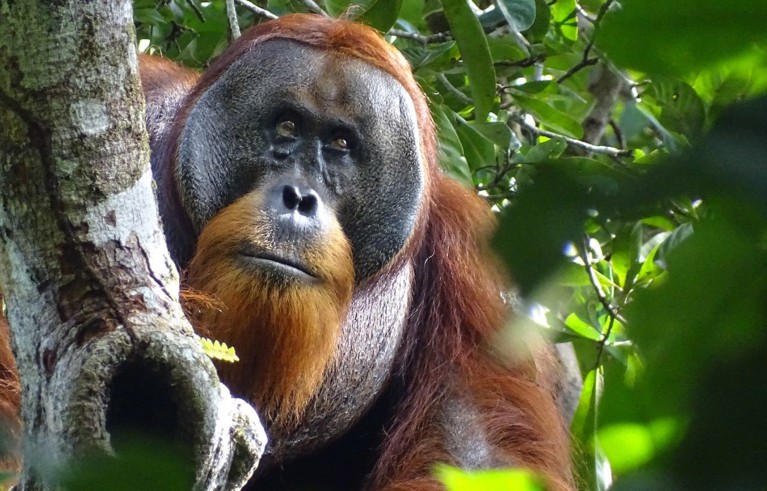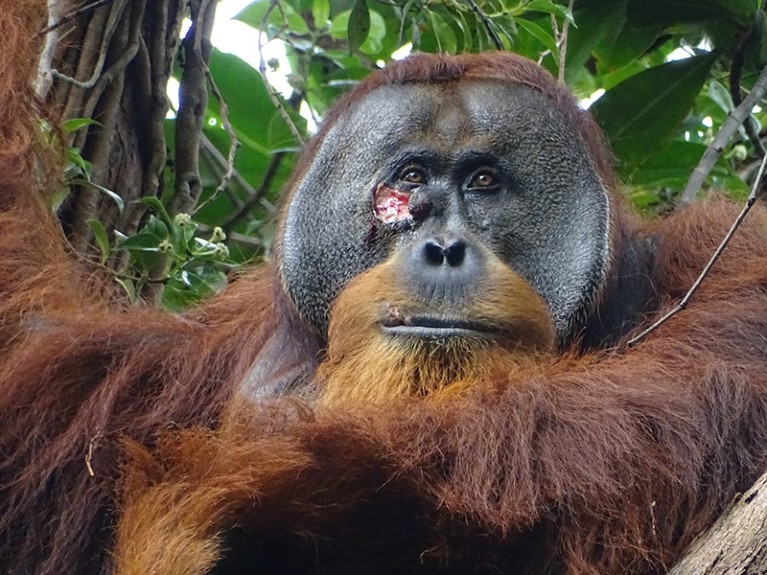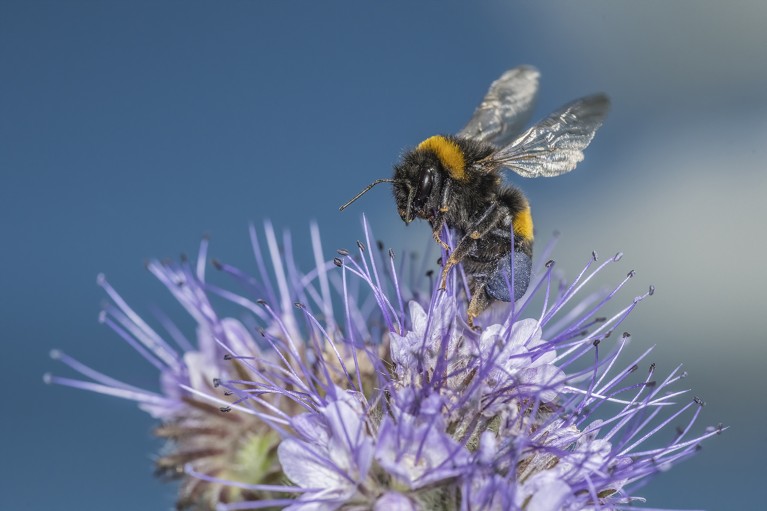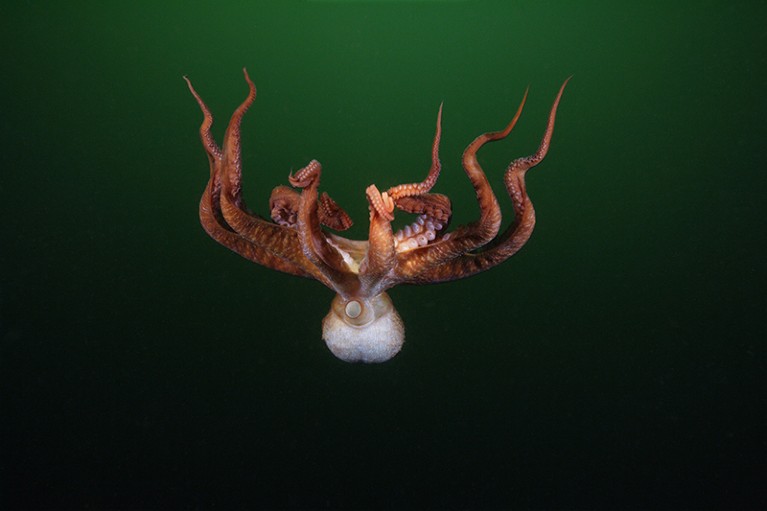[ad_1]
Si está comprando una aspiradora inalámbrica, probablemente haya leído nuestro sitio. Revisión de Dyson V8 Y me gustó el sonido del plumero “ligero pero resistente”. Sin embargo, si está en un sitio minorista de terceros y ve listados separados para V8 Animal y V8 Absolute, también puede sentirse un poco confundido.
Dyson Conocido por hacer algunos Las mejores aspiradoras inalámbricas alrededor. La línea V8 se lanzó en 2016, por lo que ahora es un poco más antigua, pero aún es muy capaz. (Si se pregunta si vale la pena actualizar a una opción más nueva, vea cómo se compara con los modelos de nuestro sitio). Dyson V8 frente a V10 y Dyson V8 frente a V11 artículos.)
A primera vista estos dos modelos parecen idénticos. Entonces, ¿cuáles son las diferencias entre el V8 absoluto y el animal, y qué es? La mejor aspiradora Dyson ¿para ti? Este artículo responde a esta pregunta en detalle.
Dyson V8 Animal vs V8 Absolute: Disponibilidad
Lo primero que hay que tener en cuenta es que el V8 Animal ya no forma parte de la gama actual que solía ser; Detenido por Dyson . Sin embargo, todavía hay grandes cantidades en los almacenes, esperando a ser vendidas por los minoristas. Así que comprar uno no es mala idea, especialmente si puedes conseguirlo a buen precio.
Dyson V8 Animal vs V8 Absolute: Accesorios
La principal diferencia entre el V8 Animal y el V8 Supreme son los accesorios que vienen con cada modelo. En particular, el Ultimate V8 incluye un Dyson delicado Cabecera de pisoEstá diseñado específicamente para suelos de madera. Esto no está incluido con el V8 Animal. (nuestro Guía de herramientas Dyson Revisa las diferentes herramientas principales y su propósito previsto, si es útil).

Tenga en cuenta que el paquete de accesorios específico puede variar según la región y las ofertas específicas del minorista. Pero por lo demás, tu elección entre V8 Animal y V8 Supreme dependerá principalmente del tipo de suelo y de tus necesidades de limpieza.
Para que quede claro, ambos modelos funcionan bien en alfombras utilizando el cabezal de limpieza de accionamiento directo. Sin embargo, el cabezal de limpieza suave incluido con la aspiradora V8 Absolute le da una ventaja en pisos duros.

En otras palabras, el V8 Animal será adecuado para usted si su casa tiene principalmente suelos alfombrados. Pero si tiene una combinación de alfombras y pisos duros, desea la versatilidad del cabezal de limpieza Fluffy para pisos duros, por lo que el V8 Absolute será la mejor opción.
V8 Animal vs. V8 Absolute: acentos de color
Si bien ambos modelos comparten el mismo diseño general, existen ligeras diferencias en los acentos de color. El V8 Animal suele presentar detalles en color púrpura, mientras que el V8 Absolute suele incluir detalles en dorado o amarillo. Sin embargo, esto puede variar según la región.
Seamos honestos, a la mayoría de las personas no les importará el aspecto de su aspiradora. Pero si lo haces, vale la pena revisar la foto en el listado, o si no hay ninguna, envía un mensaje al vendedor para averiguarlo.
Y eso es básicamente todo. El V8 Animal y el V8 Supreme tienen colores diferentes y accesorios ligeramente diferentes. Aparte de eso, es exactamente la misma aspiradora.
V8 Animal vs V8 Absoluto: Precio
El V8 Supreme está actualmente disponible en el sitio web oficial de Dyson a un precio con descuento de $ 299,99 en EE. UU. y £ 249,99 en el Reino Unido, aunque en Australia todavía tiene el precio estándar de AU $ 999.
Como modelo descontinuado, el V8 Animal ya no está disponible a través de Dyson. Sin embargo, descubrimos que los minoristas externos lo venden por $399 en los EE. UU. (con un precio de $399). Amazonas), £297 en el Reino Unido (en Ir por la electricidad) y 1.174,55 dólares australianos (en productos de limpieza australia).
Dado que estos precios son notablemente más altos que los del Absolute, y el Absolute es básicamente la misma aspiradora, solo que con una herramienta adicional, no parece tener mucho sentido comprar el V8 Animal.
Sin embargo, los precios en los sitios minoristas fluctúan todo el tiempo. Por el contrario, si puedes encontrar un V8 Animal por mucho menos que el V8 completo, vale la pena pensarlo mucho.
También te puede gustar…
[ad_2]
Source Article Link

























